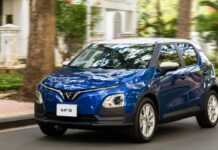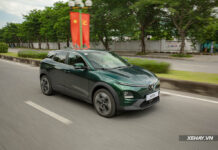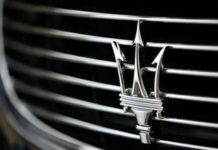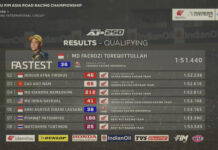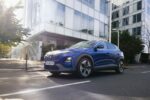While it doesn’t grab headlines like power output or range, the drag coefficient (Cd) is pivotal to the efficiency of electric vehicles. A lower Cd means the car uses less energy, going further on a single charge and potentially allowing for smaller, lighter batteries. This is why manufacturers like Avatr, Volvo, Lightyear, and Audi promote impressive Cd figures for their vehicles. However, it appears that one of these companies may not have been entirely truthful, as a Chinese blogger discovered.
Zurich Bei Le Ye, a well-known automotive blogger in China with over a million followers, recently purchased an Avatr 12. According to the manufacturer, this electric sedan boasts an incredibly low drag coefficient of 0.208 Cd. Ye decided to put this claim to the test.
He took his car to a wind tunnel and performed the same tests Avatr did before announcing the specification. Surprisingly, the actual drag coefficient of Ye’s Avatr 12 was measured at 0.281 Cd, only slightly better than the much larger Volvo EX90 SUV.

The Avatr 12 undergoing wind tunnel testing.
Significantly, these results were not due to data anomalies. The measured drag coefficient remained above 0.28 Cd across a speed range of 80-140 km/h. The tests were conducted at the China Automotive Research and Technology Center in Tianjin (CATARC), which has been operating since 1985. Technicians followed the CSAE 146-2020 standard, ensuring reliable results. In other words, the Avatr 12’s actual drag coefficient is approximately 30% higher than claimed.

Test results show the Avatr 12 has a drag coefficient of 0.281 Cd, 30% higher than advertised.
According to CarNewsChina, the blogger also revealed that the testing facility did not provide an official report after the test, suggesting possible interference from the brand. Additionally, a detailed video of the test has been removed.
In response, Avatr has denied these allegations, claiming the video is false and even offering a reward of 5 million yuan (approximately $695,000) for information about what they call a “smear campaign.” Ye has requested that Avatr release the initial test results and conduct a public test to prove that the Avatr 12 can achieve the advertised drag coefficient.
This incident also raises questions about similar claims made by other Chinese automakers, such as Xpeng, which previously stated it produced the world’s most aerodynamic car. While China’s automotive industry has made remarkable strides in recent years, it is still building its reputation. Such dubious marketing claims underscore the need for stricter verification. A comment on social media about this incident reads, “Shocking, but not surprising.” China’s automotive industry has come a long way, but it still has a long road ahead to earn the trust associated with established brands.
The Ultimate Guide to the Dongfeng Series: Unveiling the Anticipated Launch in Vietnam on January 10th
Dongfeng Motors, one of China’s leading automotive manufacturers, is gearing up to introduce four new models to the Vietnamese market. With this upcoming launch, Dongfeng is poised to make a significant impact on Vietnam’s automotive industry, offering a diverse range of vehicles that cater to the needs and preferences of local consumers.










